Christmas Island, a volcanic speck of land in the vast Indian Ocean, sure packs an ecological punch for its tiny size.
This extraordinary little island, measuring only 135 square km, is home to more than 250 species of plants and animals found no where else on earth. World renowned naturalist David Attenborough has described the Island’s annual red crab migration, where up to 60 million red crabs migrate to the sea to spawn, as one of the greatest natural wonders on earth.
Christmas-Island-5.jpg
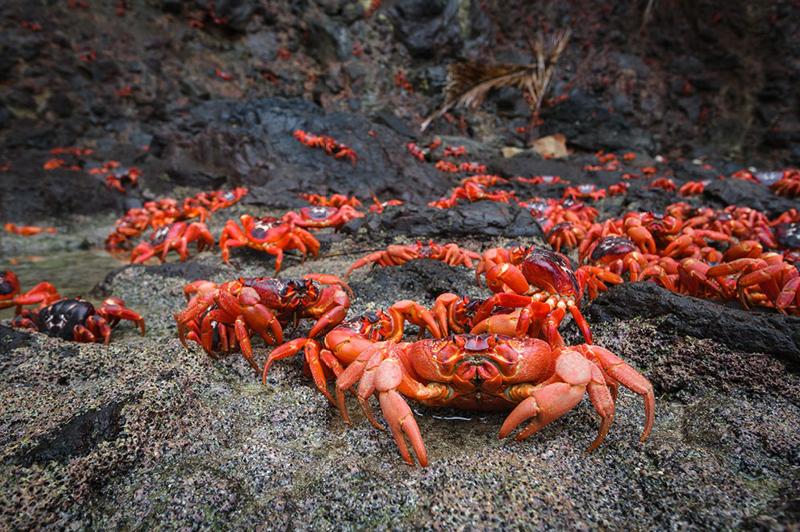
Located 2600 km north-west of Perth, Christmas Island is owned by Australia, but is only 350 km south of Java in Indonesia. First sighted by Europeans in 1615, the island was named on Christmas Day in 1643 by Captain William Mynors of the British East India Company.
I visited Christmas Island recently and was amazed at what this tiny island has to offer. I felt like I was on the set of the movie Avatar, with jungle walks through wetlands featuring giant pandanus, massive fig trees with vast networks of cascading roots and a species of mangrove that grows to more than 40 meters high. Three quarters of the island is national park.
Christmas-Island-8.jpg
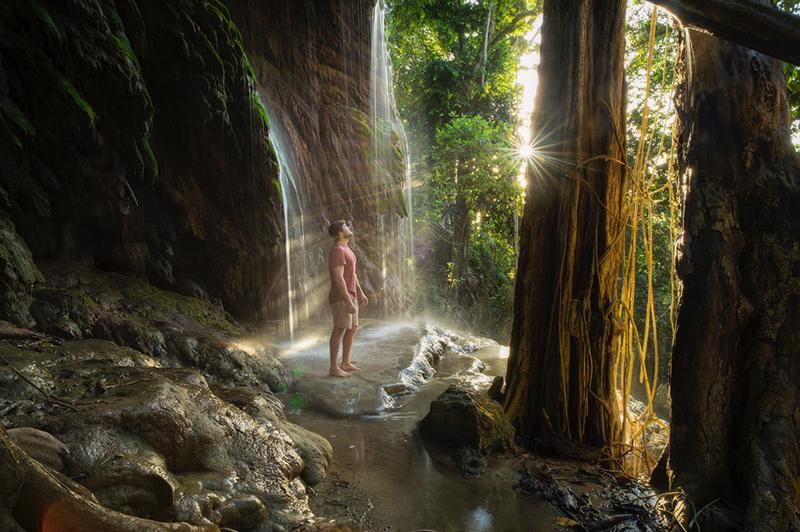
Christmas Island is one of the world’s best scuba diving destinations, with more than 60 different dive sites to choose from. This is not surprising given the island is located at the edge of the Indian Ocean’s deepest trench. The Island has an astonishing diversity of marine life, including 88 species of coral and more than 650 different types of fish.
Christmas-Island-2.jpg
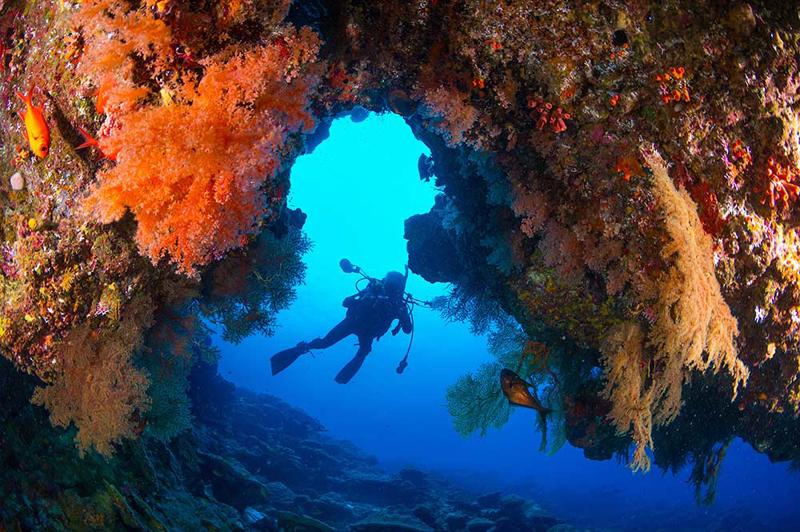
The island is also internationally renowned as a seabird rookery and annually attracts about 80,000 nesting seabirds. These include the world’s rarest Booby and Frigate bird as well as land birds endemic to the Island such as the Christmas Island Hawk-Owl, the Christmas Island Imperial Pidgeon and the Christmas Island Emerald Dove.
Christmas-Island-3.jpg
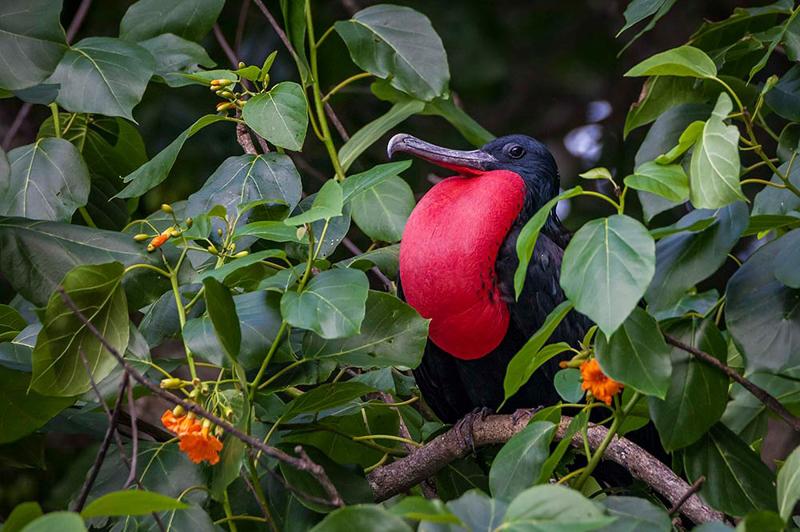
The island’s most iconic residents however are the amazing red crabs. They share their island with blue crabs and the giant robber crabs – the world’s largest land crab - and while sometimes the crabs fight for space, generally they co-exist peacefully and all work towards keeping this fragile ecosystem alive and healthy.
Christmas Island is home to around 1500 people with a diverse mix of cultures from countries such as China, Malaysia and Indonesia. This gives the island a surprising charm – it’s a place where you can eat tasty roti for breakfast in quirky Malay cafes, enjoy relaxing evening BBQs and sunset drinks in some spectacular cliff-top locations or, for something completely different, fish and chips at the outdoor movie theatre.
The island offers a variety of accommodation, from simple houses for rent, to the stunning Swell Lodge. Swell Lodge is owned by Chris and Jess Bray, an inspiring duo who run wildlife photography tours around the world. Swell Lodge is their first venture into tourist accommodation and has now gained a well-deserved reputation as the place to stay on Christmas Island.
Christmas-Island-7.jpg
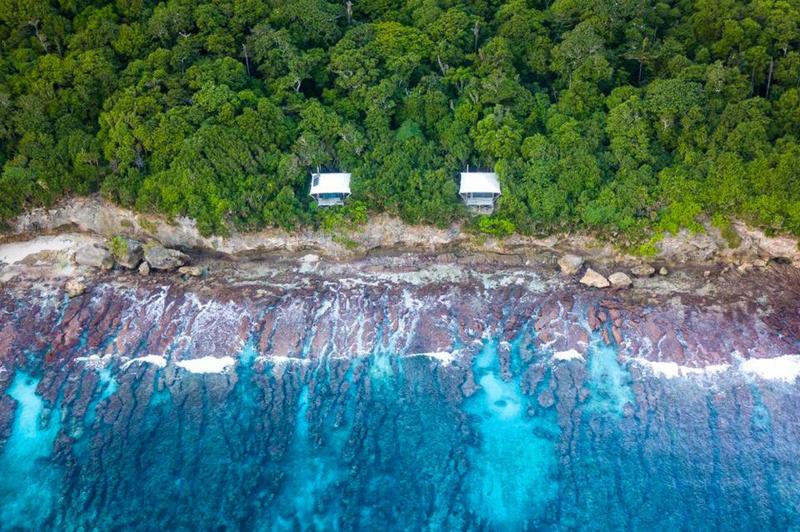
Built in the style of an African safari lodge, Swell Lodge sits perched high on the cliffs of the west coast, with stunning views over the rocky coastline and ocean swells pounding the shore line below. The ocean sunsets are spectacular – not surprising given the nearest landform to the west is the coast of east Africa.
For nature lovers, Christmas Island really does need to be on your travel bucket list.













